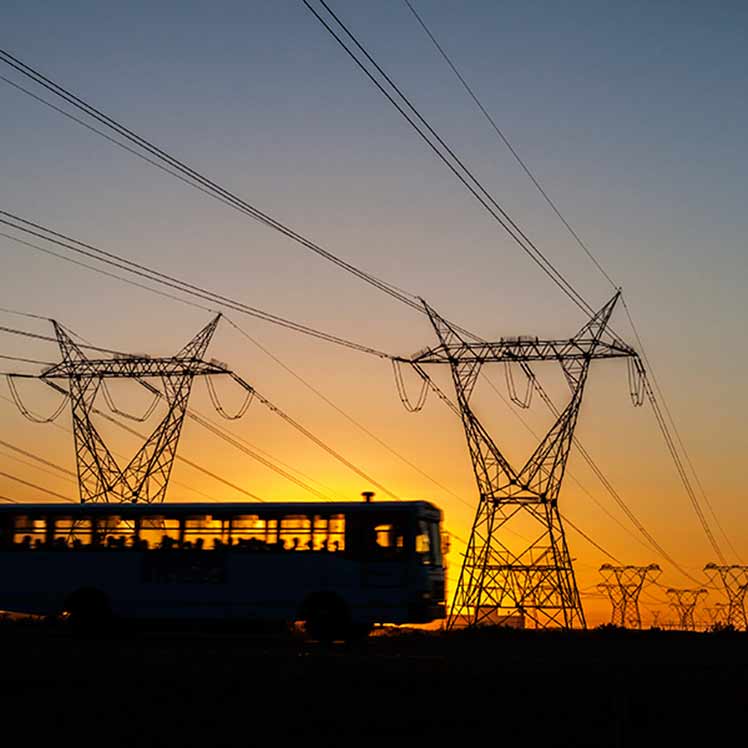A study by global law firm Baker & McKenzie and the Economist Corporate Network found that closing the infrastructure gap is achievable. But to get there requires development capital to keep flowing in at the same rate and finding new ways of attracting private capital.
Gary Senior, chair of Baker & McKenzie in EMEA, said: “What is surprising about these numbers is not so much the challenges as the apparent achievability of closing the gap over the next 10 years if development capital keeps flowing – we just need to find more ways to bring private and institutional capital into projects. That means making them bankable.”
The World Bank estimated in 2009 that over $90bn annually was required in sub-Saharan Africa alone to construct new projects and to upgrade and maintain existing ones.
The report found that development capital from donors such as national governments and multilateral agencies is by far the predominate form of infrastructure finance for the continent. Over £328bn was invested across Africa between 2009 and 2014, amounting to roughly $54bn a year.
This is four times the amount of private capital, which is estimated to be between $9bn and $12bn annually.
In addition to primary funding, the report said development capital plays a crucial role in getting projects that might never have materialised off the ground, providing long-term support to projects and by shouldering risks for the private sector and ensuring their contributions.
“It’s not just about money, it’s also about tenor and bankability,” said Michael Foundethakis, Baker & McKenzie’s head of banking and finance in EMEA. Development capital provides the due diligence throughout projects and increases success and will offer finance in risky jurisdictions and over a longer term.
Around two thirds (67%) of all development capital approvals were provided by four institutions: the World Bank and related bodies; the Development Bank of Southern Africa; the African Development Bank; and France’s development agency Franҫaise de Développement.
The largest single funder of development capital however was China, contributing over $13.4bn in Africa in 2013 alone and almost $60bn over the period covered. The country plans to provide a further $1 trillion by 2025.
One of China’s three institutional banks, the Export-Import Bank of China, is the main source of funding, providing at least 75%.
While weighted towards transportation, China also funds mineral extraction and production platforms, such as commodity-processing and manufacturing facilities.
Overall, investments centre on power and transportation projects which were allocated around 67% of all development capital in the period, meaning Africa is “far from a commodity play”.
The report said development capital is indispensible in plugging the gap, especially when many African countries are unable to take on additional debt and lack the technical and other capacities to manage projects successfully.
But while development funders are necessary to bridge the continent’s infrastructure gap, they cannot do the job alone.
“The key to filling the infrastructure funding gap is ensuring that public and private sector investors can work together. The greater reach, experience and risk appetite of [development funders] can provide the platform for commercial banks, private equity and institutional investors to bring their own experience and capital to bear,” said Calvin Walker, Baker & McKenzie’s global head of project finance.
“It’s a question of having the public and private sector achieve an appropriate risk allocation across all types and sizes of project,” he added.














